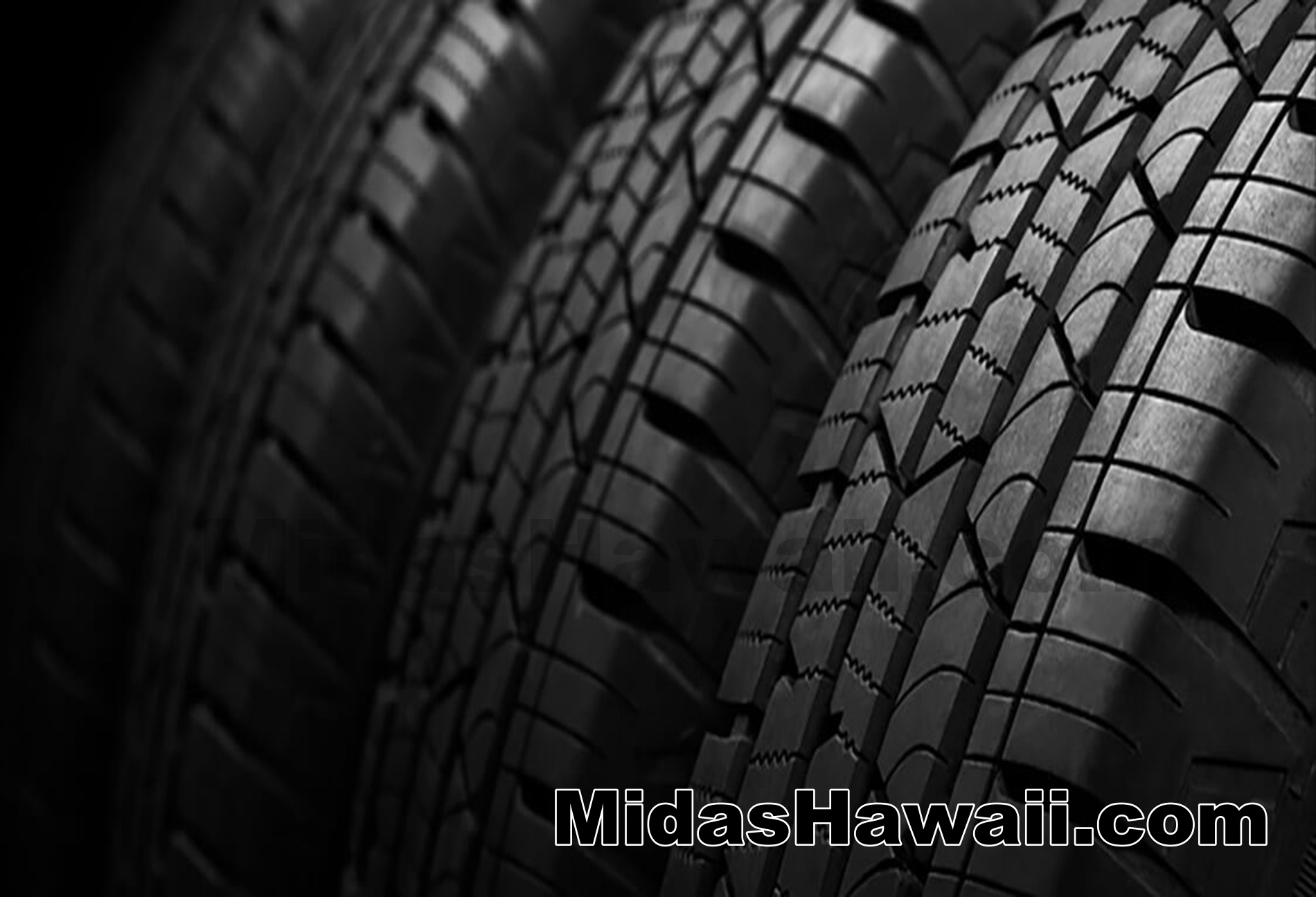Tire Balancing
- Tweet
Back to the top
FAQ LEGEND
Back to the top
Tire Balancing Questions
A. Has your steering wheel started to vibrate just as you hit the speed limit? Then it's time to have a mechanic check your… tires? Actually, yes. Vibrations at a specific range of highway speeds are a classic symptom of tire imbalance, and the effect is often first felt in the steering wheel. And that's just the beginning. Left untreated, an unbalanced tire can shorten your tire life, increase your fuel cost, and eventually damage your shock absorbers, wheel bearings, and wheel assembly. And your ride will get more bumpy -- and more dangerous. So be sure to have your tires inspected at the first sign you might need tire balancing.
A. The purpose of tire balancing (also called wheel balancing) is to detect when a tire is rolling unevenly due to irregular weight distribution, and to correct the problem by attaching weights to specific areas of the wheel. The tire balancing procedure consists of these five steps:
- Remove the tire from the vehicle.
- Place the tire on a balancing machine.
- Spin the tire to identify where weight imbalances exist and to determine where to attach counterweights.
- Apply clip-on or adhesive counterweights to the wheel.
- Reinstall the tire.
A. Tire balancing, tire rotation, and wheel alignment are three different services that complement each other to extend tire life and enhance road safety. Tires are often balanced while they're conveniently removed from the vehicle for tire rotation or wheel alignment, leading to confusion between these tasks.
A. Small imbalances in tire components often arise in manufacturing, shipping, and storage. Further imbalances can result from road conditions like potholes, curb contact, and other minor trauma to the tire or the metal in the wheel. Finally, driving on improperly inflated tires or misaligned wheels can put extra stress on the wrong parts of your tire and introduce new weight imbalances.
The takeaway: Tire imbalance is inevitable! That's why tire balancing should be a regular part of tire and wheel maintenance along with wheel alignment, tire rotation, and proper tire inflation.
A. There are two sounds associated with unbalanced tires that require urgent attention. The first is a rhythmic thump at highway speeds -- it could be a bare spot in your tire tread striking the pavement with each revolution. The second sound is a humming noise during shallow turns or lane changes -- it could be a damaged wheel bearing. These sounds point to diminished traction and steering control as well as heightened blowout risk.
A. Balancing a set of four tires may take anywhere from 45 minutes to two hours as a standalone service. An older tire that's seen its share of bumps and bounces (and accumulated more imbalances) will often take longer to balance than a new tire that's only picked up minor imbalances during shipping and storage.
Tire balancing is often added to other services that involve tire removal and remounting, such as tire rotation or new tire purchase. Your Midas technician can estimate the total turnaround time for all the tire service you choose.
ref no:34694
Please send questions about this website to webmaster
Terms of Use / Legal Disclaimer / Privacy Statement
Site Designed and Managed by MacBusiness Consulting

